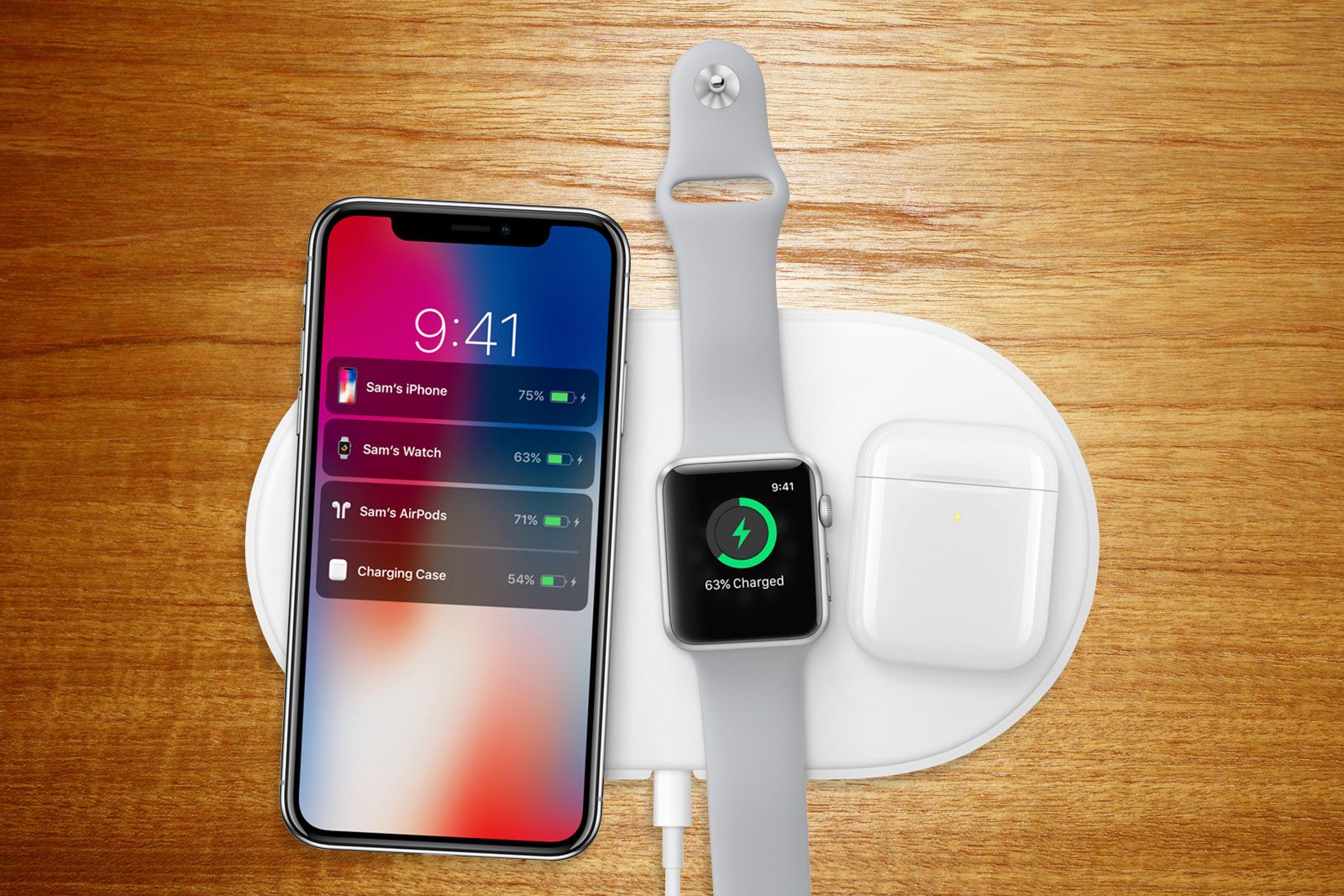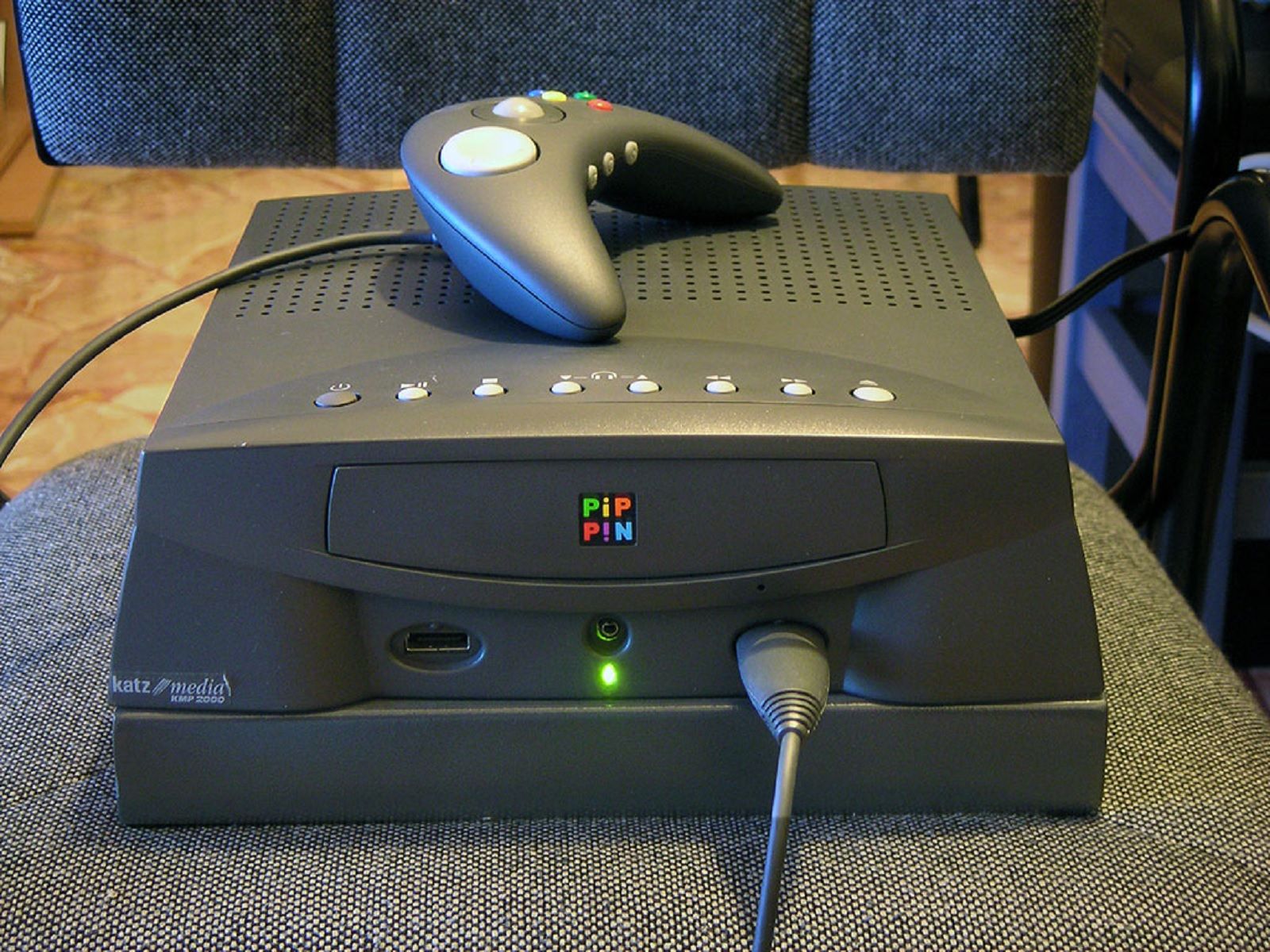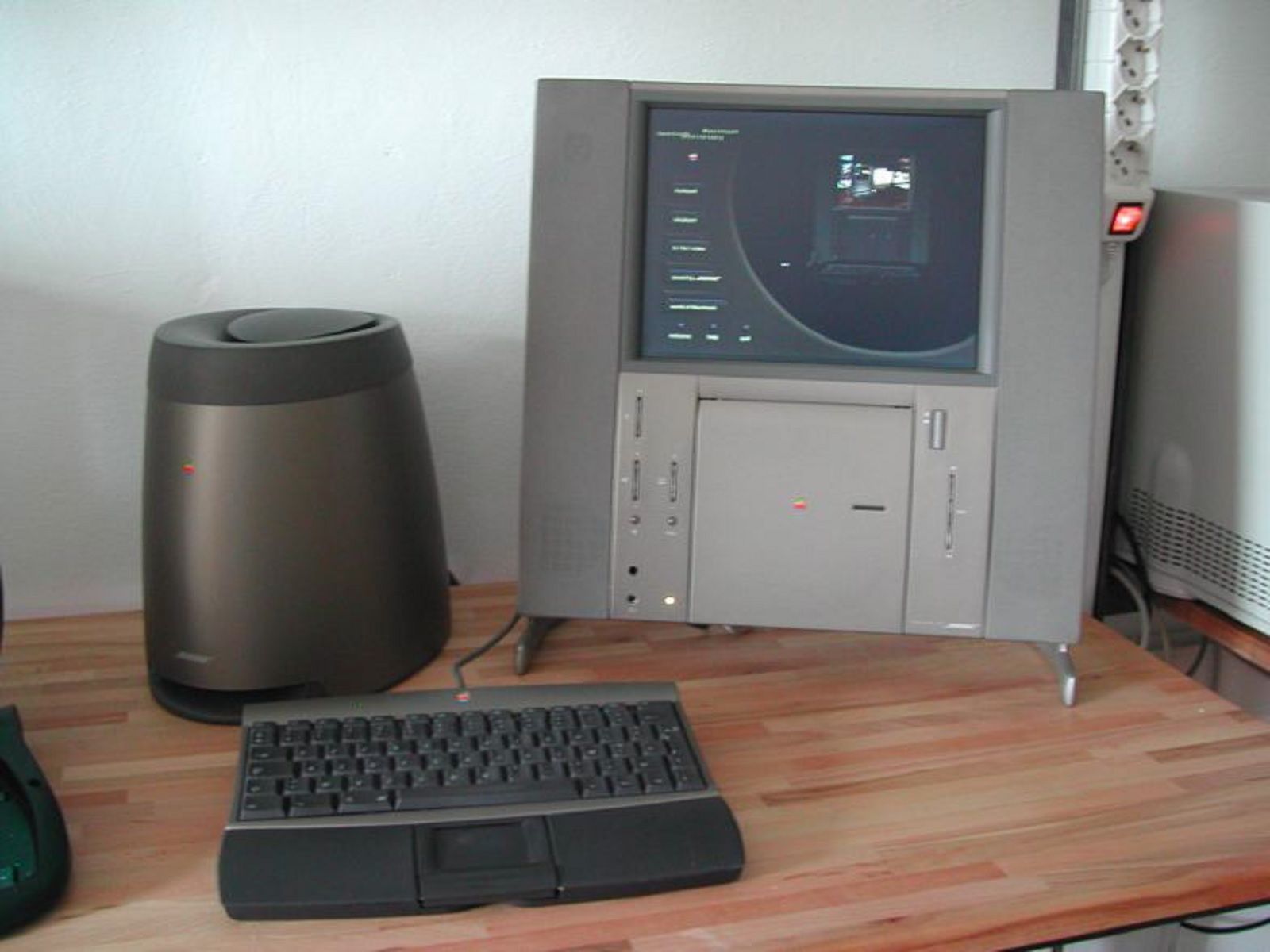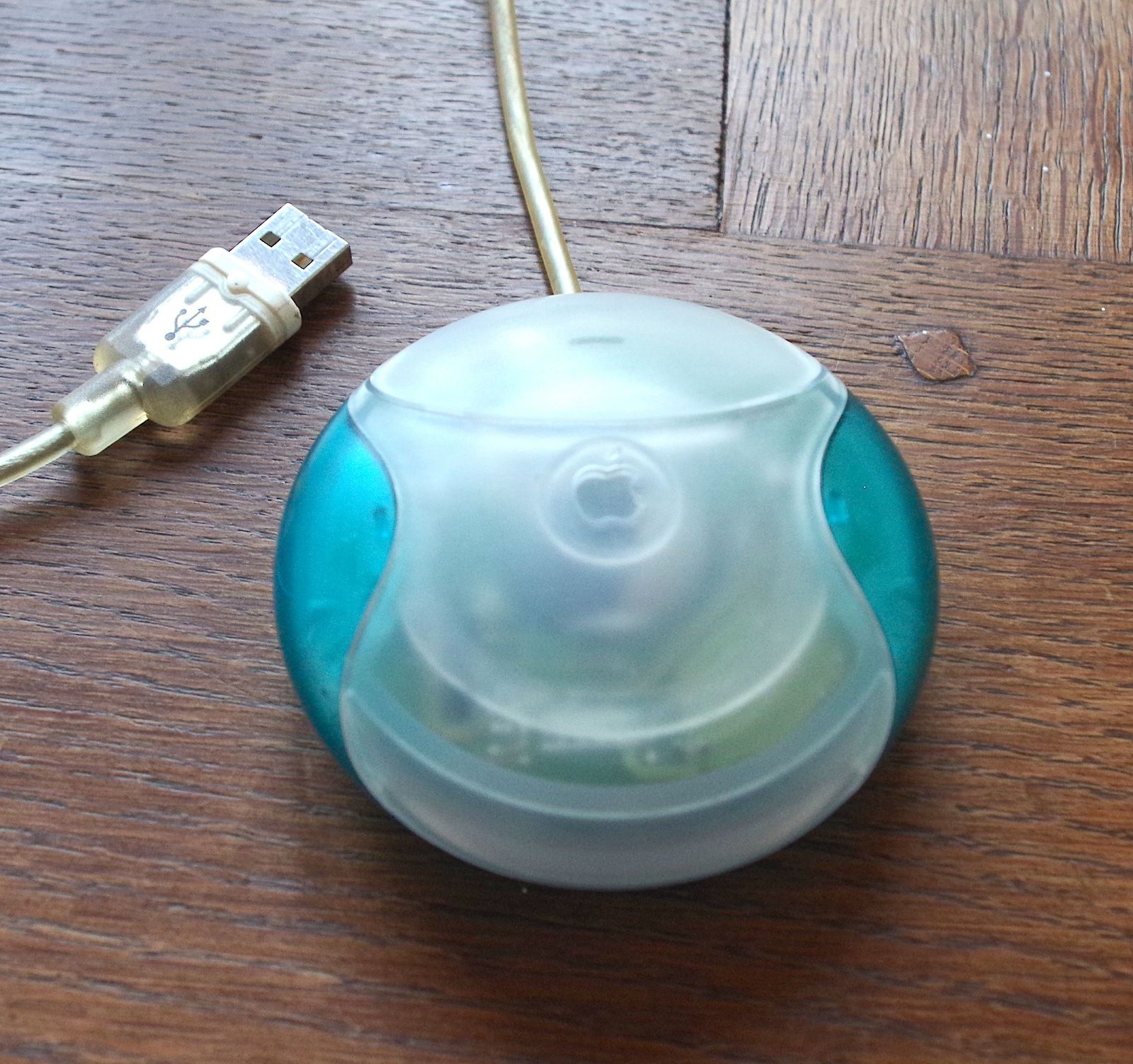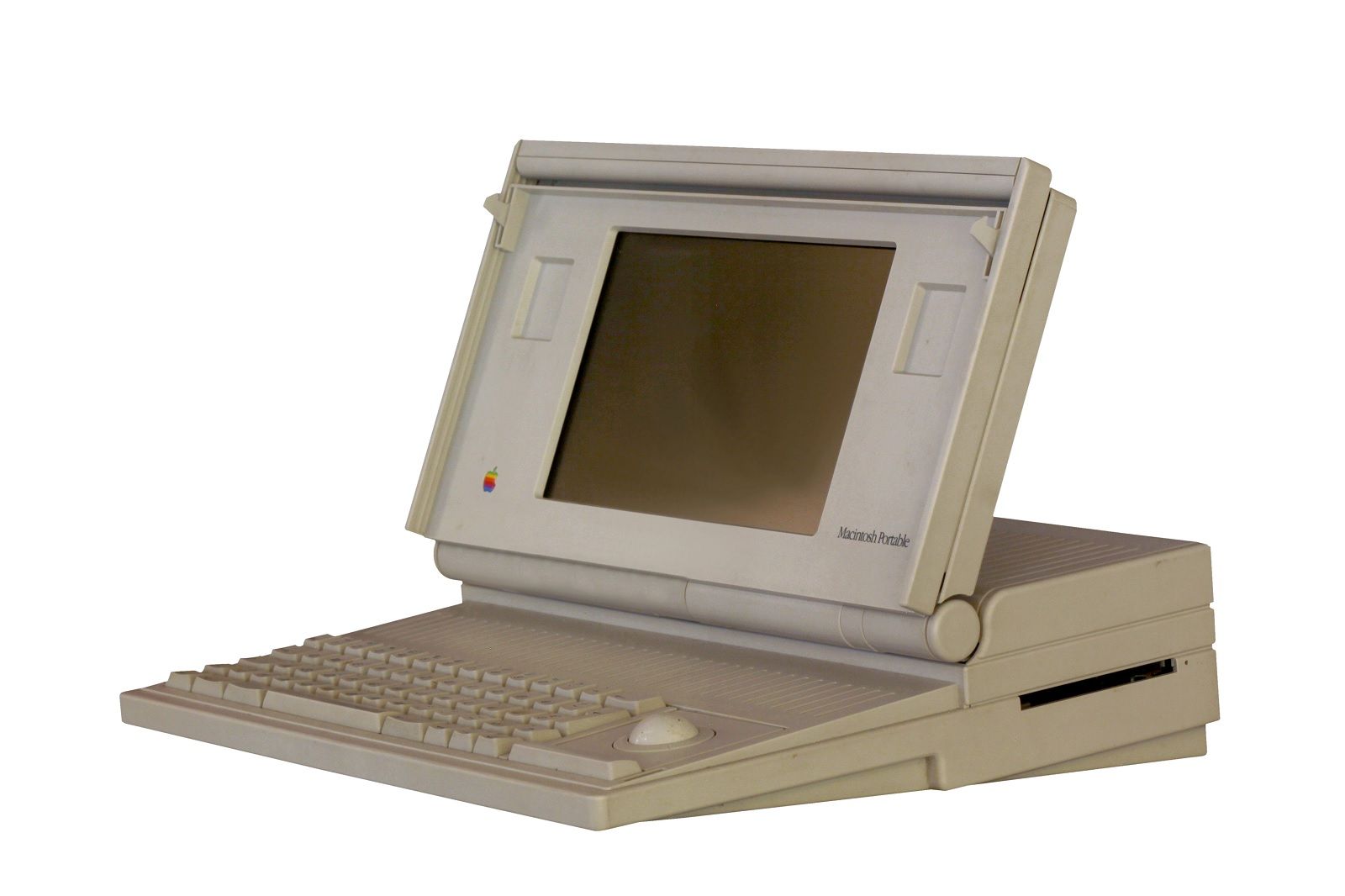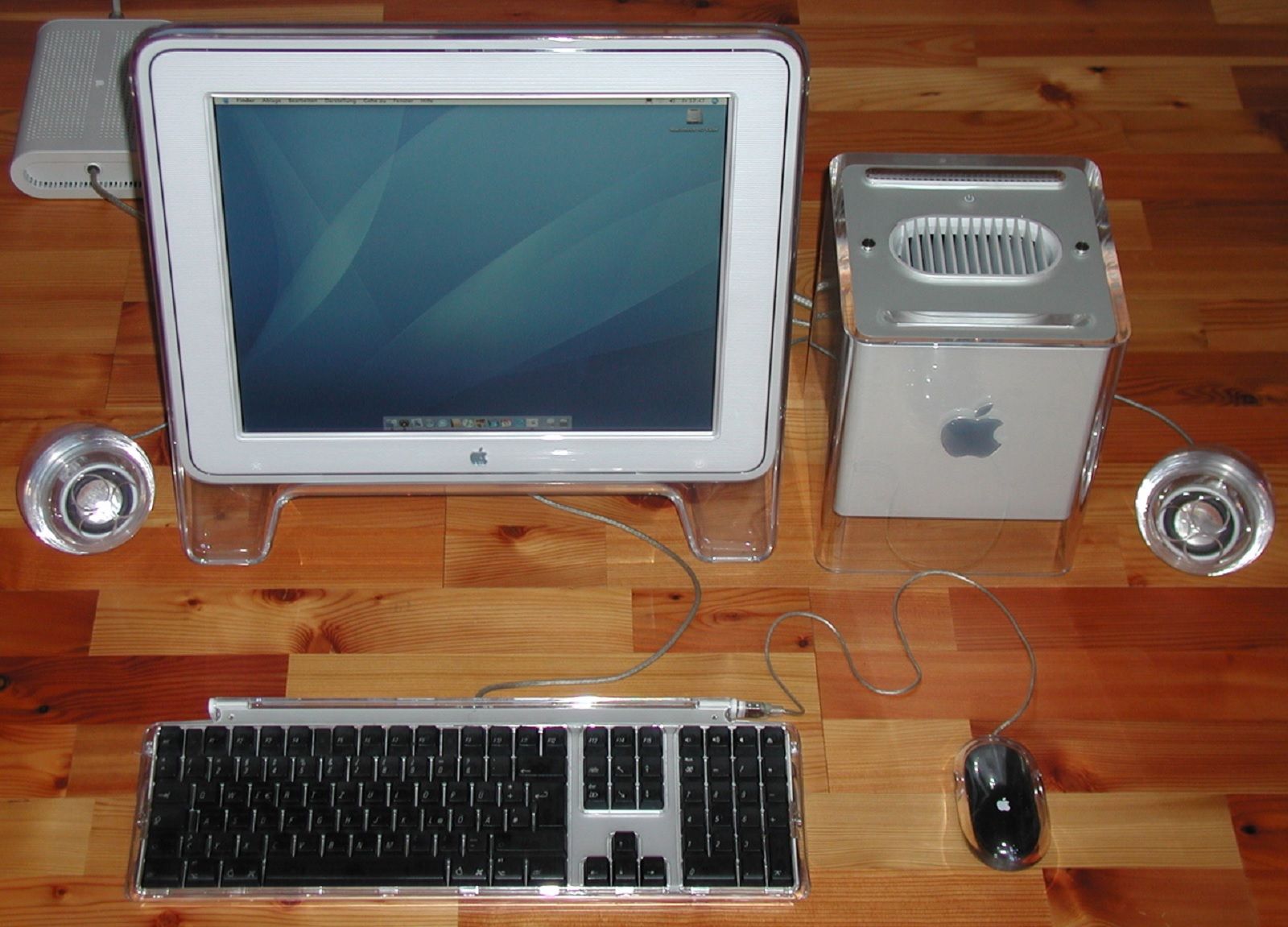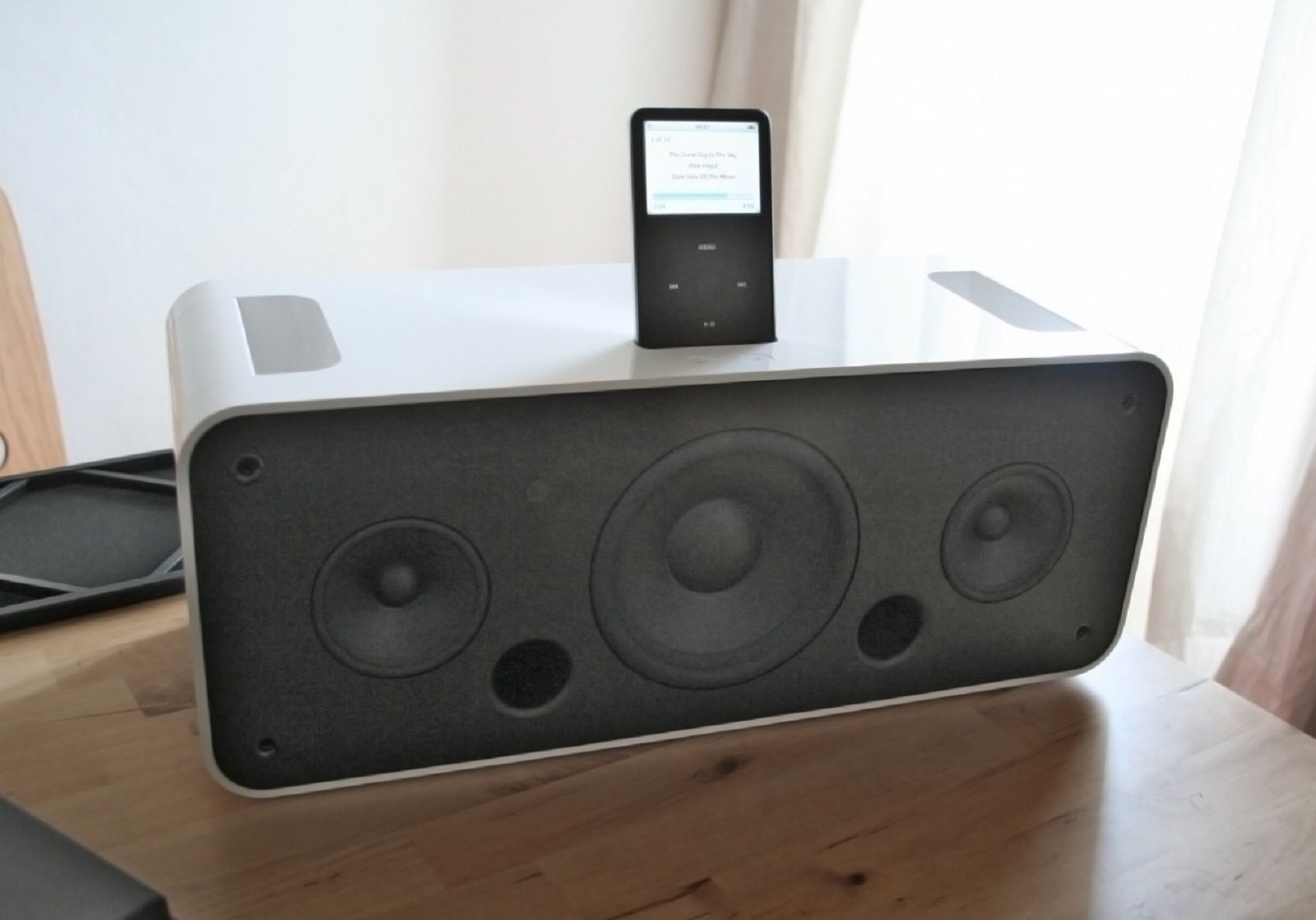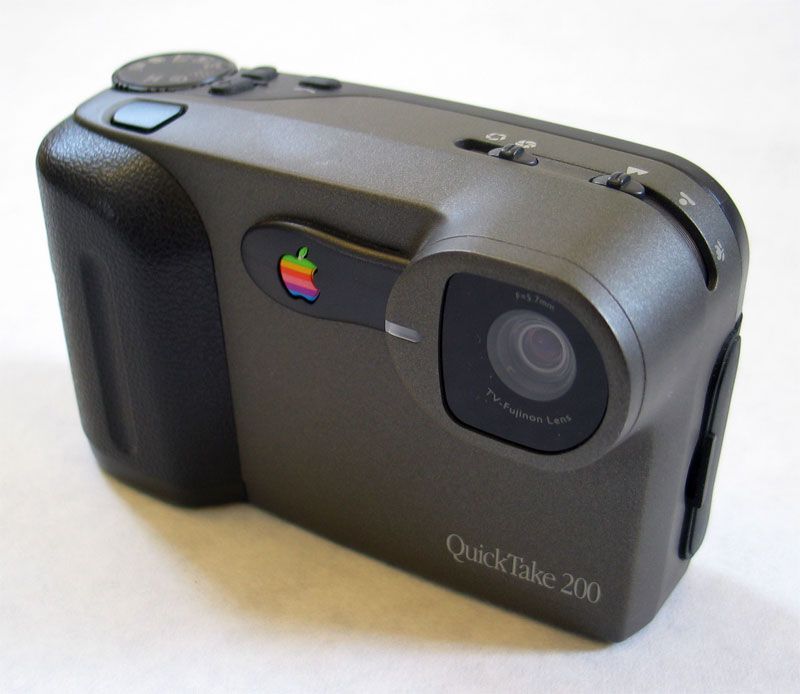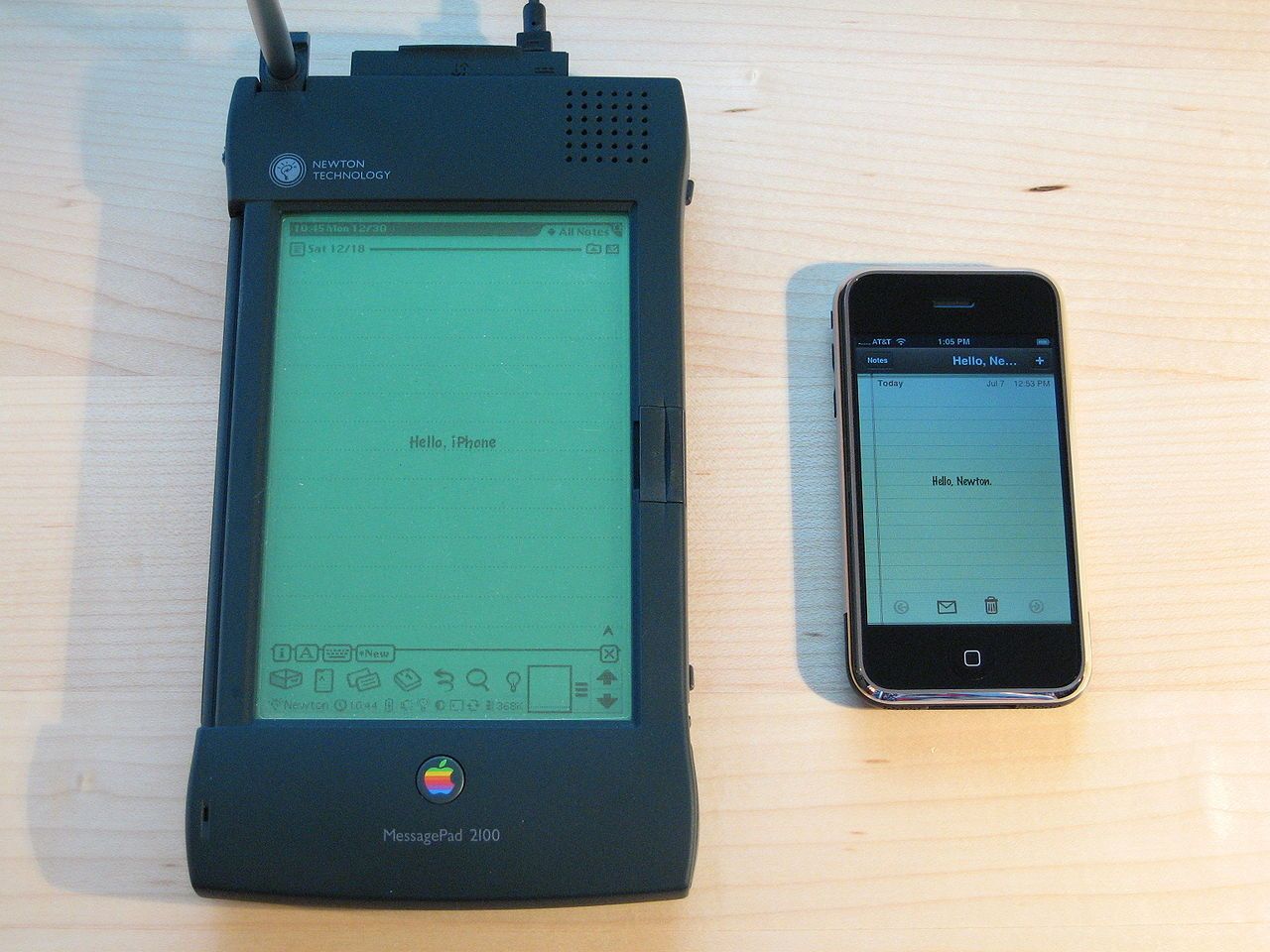If you see success in terms of making huge amounts of money, creating a brand that’s recognised across the globe, and creating a millions-strong fan base, then few can argue that Apple is indeed successful.
However, with any successful company there are times in its history where failure has been the unwelcome order of the day. So, as it’s always nice to celebrate the triumphs, it’s also equally important to take look at the failures. Good to know we’re not the only ones who make errors.
Tim Cook once said during a talk at Oxford university that he believes the success of Apple is its ability to change and know when the company has got it wrong. After all, every failure teaches us something and without those we might never have had the iPhone, iPad, or Apple Watch.
“You’ve got to be willing to look yourself in the mirror and say I was wrong, it’s not right,” says Cook, who also suggested Jobs taught him the value of intellectual honesty – that, no matter how much you care about something, you have to be willing to take new data and apply it to the situation. Cook said he actually struggled with Jobs’ propensity for changing his tune.
“Steve, of everyone I’ve known in life, could be the most avid proponent of some position and within minutes or days if new information came up you would think he’d never, ever thought that before […] He was a pro at this,” says Cook. “And at first I thought, oh, he really flip flops! And then all of a sudden I saw the beauty in it. Because he wasn’t getting stuck, like so many other people do when they just say I’ve got to keep going on, my pride, you know. So be intellectually honest – and have the courage to change.”
So, in no particular order, here are our favourite Apple gadget flops of all time.
Apple AirPower
- Released: Never released
- Discontinued: March 2019
- Sold: Never sold
This one didn’t get the chance to flop, as it never even got off the ground.
The company first announced the device alongside the iPhone X in 2017. Customers then waited more than 550 days for their chance to buy the pad, but it was never to happen. Apple quietly confirmed in March 2019 that AirPower was dead because it didn’t meet its “high standards“.
When Apple debuted wireless charging as one of the new features for the iPhone X, it said AirPower would ship in 2018. We were supposed to charge up to three devices at once – the Apple Watch, AirPod headphones, and an iPhone – with it. We’d even seen marketing materials on Apple’s website that showed the device charging all these devices. And yet, it never launched.
We kept hearing numerous reports about engineering difficulties, overheating issues, and other product development headaches. We’re still not sure what happened, but now the company has halted all efforts on AirPower and given up.
Apple Pippin
- Released: 1995
- Discontinued: 1997
- Sold: 42,000
If timing is everything then on this occasion Apple should have bought itself a huge atomic clock to fix to its office wall. The mistimed release of the Apple Pippin was a major hiccup in Apple’s attempt to enter the gaming market.
Designed by Apple, the production was left to Bandai with the specs of the device consisting of a 66 MHz PowerPC 603 processor, a 14.4 kbitps modem and running a simple version of Mac OS. Marketed as a computer, the entry price was around $599 which, for what was essentially a console, was way overpriced.
Released in 1995 in Japan and 1996 in the US, the console had to do battle with the Sony PlayStation and Nintendo 64, which already dominated the market. This, along with its overpriced and underpowered specs helped push the Pippin into room 101 with a paltry 42,000 units sold.
Apple TAM (Twentieth Anniversary Macintosh)
- Released: March 1997
- Discontinued: March 1998
- Sold: 11,600
Most of us celebrate an anniversary with a loved one by buying a bunch of flowers/chocolates and a bit of sweet talk (all three if you’re really looking to spoil them).
Apple, however, celebrated its twentieth year by creating the Apple TAM (Twentieth Anniversary Macintosh) and if you were a member of the team responsible for it, you’d have been hoping for massive sales and a big fat bonus.
Unfortunately, this wasn’t the case. The TAM turned out not only to be a tad overpriced, but a failure in its functionality despite looking the part. With a $7500 price tag on launch in 1997, it was discontinued by 1998 at a price of $1995. To put that into perspective, today you can get a 21.5-inch iMac with Retina 4K display for $1299
Apple USB (hockey puck) mouse
- Released: 1998
- Discontinued: 2000
These days Apple prides itself on its devices being able to marry both form and function, but this was clearly not always the case as is shown by the horror that was the hockey puck mouse that came with the iMac G3 in 1998.
Function had clearly been left at the altar while form ran off with the best man. The mouse’s round shape made it difficult to handle and, more importantly, orientate and its one-button design left users frustrated. So many of these were thrown away, it has been claimed that the Apple USB mouse makes up for 0.5 per cent of the world’s landfill*.
*This claim has no substance whatsoever.
MAC portable
- Released: 1989
- Discontinued: 1990
What’s in a name? Well not much at all if the Mac portable is anything to go by – as one thing it wasn’t, was portable.
Costing a hefty $6500 and weighing in at 15.8 pounds (7.2 kilograms) the Portable also suffered from poor power design; as it was wired in series, if the device was run down completely the batteries wouldn’t recharge – resulting in its failure to turn on and creating the ultimate “bricked” device. As such the device didn’t last long in its original form, lasting just over a year, being replaced by a backlit version which was discontinued in 1991. Apple still makes a portable computer of course, but the MacBook isn’t a failure.
Apple Mac G4 Cube
- Released: 2000
- Discontinued: 2001
There were many reasons why the Apple Cube failed, including a high price, unusual design, and inability to upgrade the components inside. Released in 2000, it was a flop pretty much from the first day. In an interview at Oxford university Tim Cook, now CEO, but then Senior VP of Worldwide Operations said of the launch: “It was a very important product for us, we put a lot of love into it, we put enormous engineering into it.” It might be, as Cook calls it an “engineering marvel.” But the Cube never found its audience and a year later was shelved. Today it’s all about the Mac Pro and the Mac Mini, a device that is rumoured to be upgraded very soon.
iPod Hi-Fi
- Released: Feb 2006
- Discontinued: Sept 2007
With decidedly average sound quality, given the price, this was not the worst aspect of this Apple device as there were plenty of other shortcomings.
The design itself left a lot to be desired, as the iPod protruded in a rather ungainly fashion from the top the unit, with only the 30-pin dock connector to hold it in place. This also meant that first second-gen iPod owners were excluded from ownership – not such a bad thing as it turned out.
The remote had limited functionality and it also lacked any kind of radio. And the price of owning this little beauty at its 2006 launch? A whopping £350!. Still, it was discontinued just over a year later in September 2007, never to darken our doors again, although some say it was the precursor to the Apple HomePod.
Apple QuickTake 200 camera
- Released: 1994
- Discontinued: 1997
The QuickTake 200 camera didn’t feature a zoom, had no way to focus, but it was pretty innovative, being one of the first consumer digital cameras that plugged into your Apple computer. Along with the Newton, it was part of many products axed by Steve Jobs in a bid to streamline Apple’s product line. Today, Apple’s camera is the iPhone X.
Apple Newton
- Released: 1993
- Discontinued: 1998
The Newton, seen now as a pre-cursor to the Apple iPad and Apple iPhone never really amounted to much at the time. Okay so it helped Steven Segal battle some terrorists on a train in Under Siege 2, but the handwriting recognition software wasn’t as good as it was meant to be and competitors beat the company to the punch after Apple bragged about the device too much before it was launched. When it eventually did go on sale the shining shimmer of hope disappointed and after just five short years it was discontinued. It would be another 9 years before Apple released a personal digital assistant; the iPhone.


